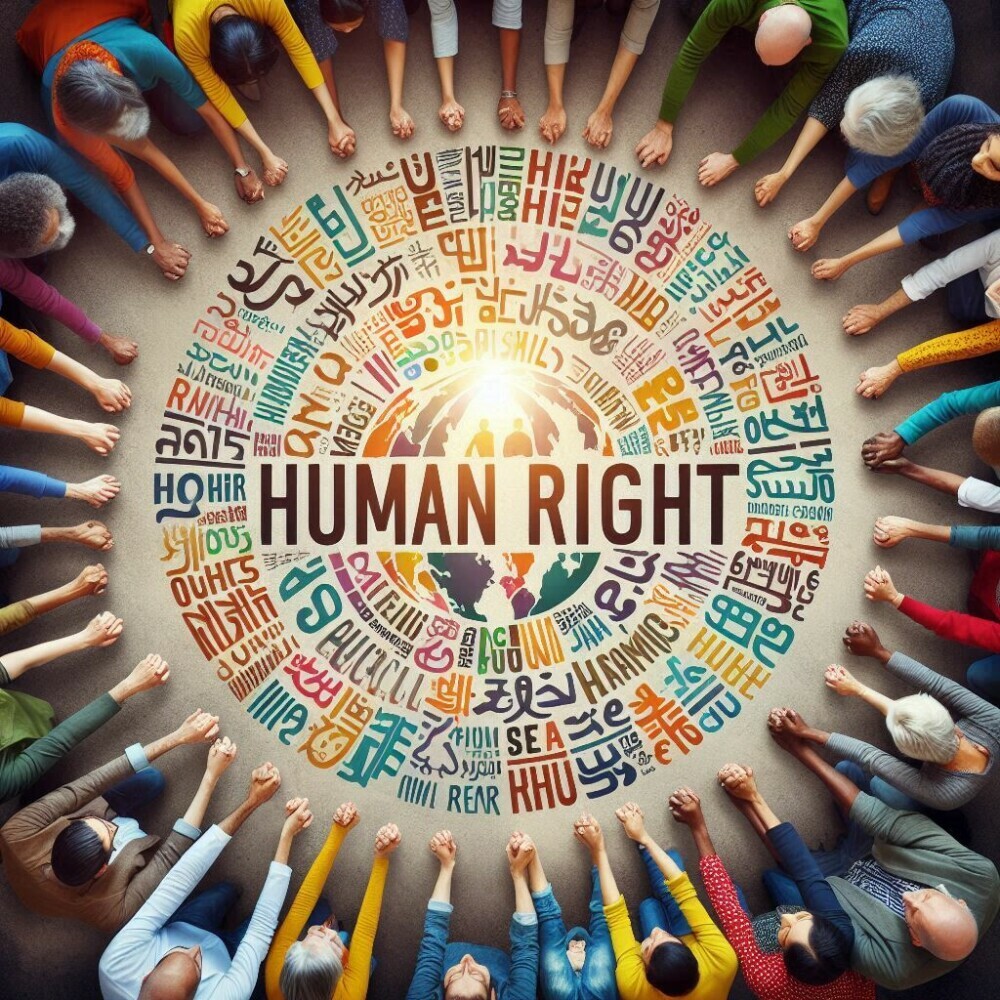 Human rights are fundamental entitlements that belong to every person, regardless of nationality, sex, ethnicity, religion, or any other status. These rights are inherent to human dignity and form the bedrock of freedom, justice, and peace in the world. International law plays a crucial role in safeguarding these rights, ensuring that they are recognized, respected, and upheld by nations across the globe. This blog post delves into the mechanisms and frameworks established by international law to protect human rights.
Human rights are fundamental entitlements that belong to every person, regardless of nationality, sex, ethnicity, religion, or any other status. These rights are inherent to human dignity and form the bedrock of freedom, justice, and peace in the world. International law plays a crucial role in safeguarding these rights, ensuring that they are recognized, respected, and upheld by nations across the globe. This blog post delves into the mechanisms and frameworks established by international law to protect human rights.
The Universal Declaration of Human Rights
At the heart of international human rights protection lies the Universal Declaration of Human Rights (UDHR), adopted by the United Nations General Assembly in 1948. This seminal document sets out a comprehensive list of rights and freedoms to which all humans are entitled. Though not legally binding, the UDHR has inspired a host of subsequent treaties, conventions, and national constitutions, embedding its principles in international law.
International Human Rights Treaties
To give legal force to the principles of the UDHR, numerous international treaties have been developed. Some of the key treaties include:
- International Covenant on Civil and Political Rights (ICCPR): This treaty protects rights such as freedom of speech, assembly, and religion, as well as the right to a fair trial and the prohibition of torture.
- International Covenant on Economic, Social and Cultural Rights (ICESCR): This treaty safeguards rights related to work, education, health, and an adequate standard of living.
- Convention on the Elimination of All Forms of Discrimination Against Women (CEDAW): This treaty aims to eliminate discrimination against women in all areas of life.
- Convention on the Rights of the Child (CRC): This treaty ensures special protection for children’s rights, including their right to education, healthcare, and protection from exploitation.
These treaties create binding obligations for the states that ratify them, requiring them to respect, protect, and fulfill the rights enshrined in the documents.
Monitoring and Enforcement Mechanisms
To ensure compliance with these treaties, various monitoring and enforcement mechanisms have been established:
- Treaty Bodies: Each major human rights treaty has an associated committee of independent experts tasked with monitoring implementation. For instance, the Human Rights Committee oversees the ICCPR, while the Committee on Economic, Social and Cultural Rights monitors the ICESCR. These bodies review state reports, issue recommendations, and can hear individual complaints in certain cases.
- Special Procedures: The United Nations has established special rapporteurs, independent experts, and working groups who monitor and report on specific human rights issues or countries. They conduct fact-finding missions, engage with governments, and raise awareness about human rights violations.
- Universal Periodic Review (UPR): This mechanism involves a periodic review of the human rights records of all UN member states. The UPR process allows states to share best practices, make recommendations, and hold each other accountable for their human rights obligations.
- International Criminal Court (ICC): The ICC prosecutes individuals for genocide, crimes against humanity, war crimes, and the crime of aggression. By holding perpetrators accountable, the ICC aims to deter future violations and provide justice for victims.
Regional Human Rights Systems
In addition to global mechanisms, regional human rights systems play a significant role in protecting human rights. These systems include:
- The European Court of Human Rights (ECHR): This court hears cases brought by individuals against states that violate the European Convention on Human Rights.
- The Inter-American Court of Human Rights: This court adjudicates cases of human rights violations in the Americas.
- The African Court on Human and Peoples’ Rights: This court addresses human rights issues within the African continent.
These regional bodies complement the global human rights system, offering additional avenues for redress and fostering a culture of accountability.
Challenges and Progress
While international law has made significant strides in protecting human rights, challenges remain. Non-compliance by states, political interference, and resource constraints can hinder the effectiveness of international mechanisms. Nonetheless, progress continues as civil society, international organizations, and states work collaboratively to strengthen human rights protections.
Conclusion
International law provides a robust framework for the protection of human rights, underpinned by treaties, monitoring bodies, and enforcement mechanisms. By upholding these standards, the global community strives to ensure that every individual can enjoy their inherent rights and freedoms, fostering a more just and equitable world. As we navigate the complexities of the 21st century, the commitment to human rights remains a cornerstone of international cooperation and peace.